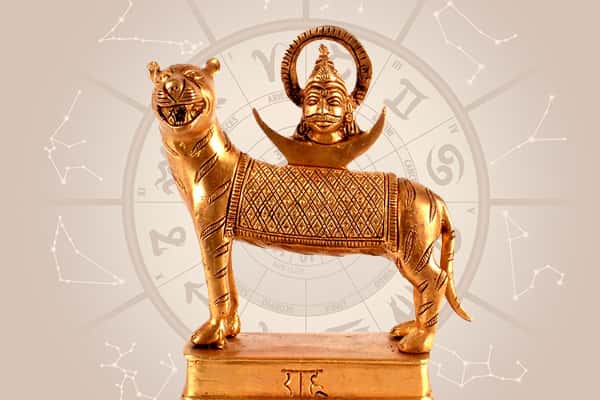Role and Importance Of Rahu In Astrology
/in Articles Rahu In Astrology /by Rajesh ShrimaliIntroduction to Rahu:
In the vast tapestry of astrology, Rahu stands as a celestial entity shrouded in mystery and fascination. It is one of the nine significant astronomical points known as Grahas or planets in Vedic astrology. Unlike the physical planets, Rahu is a shadowy planet, often referred to as the North Node of the Moon.
The Mythological Tale: To grasp the essence of Rahu’s significance, one delves into ancient Hindu mythology. According to the tale, Rahu is the severed head of an immortal demon, Svarbhānu, who cunningly consumed the nectar of immortality during the churning of the cosmic ocean. Vishnu, the preserver in Hindu cosmology, promptly decapitated him for this act of deceit. However, since Svarbhānu had already sipped the elixir, his head became immortal, while his body perished. Thus, Rahu symbolizes the head without a body, signifying cravings and desires detached from worldly consequences.
Astrological Significance:
Rahu holds a unique place in Vedic astrology, wielding considerable influence over human lives. It represents worldly desires, obsessions, ambitions, and unconventional pursuits. Unlike the luminaries, Rahu and Ketu (the South Node) are shadow planets, devoid of physical form, yet potent in their impact.
Rahu’s Role in the Natal Chart:
In the intricate map of one’s birth chart, Rahu’s placement and aspects are meticulously analyzed to discern its effects. It often signifies areas of life where one seeks fulfillment, sometimes to the point of obsession. Rahu’s influence can propel individuals towards unconventional paths, innovation, and uncharted territories. However, this pursuit may come at the cost of stability or adherence to societal norms.
Effects of Rahu’s Influence:
The influence of Rahu is multifaceted and can manifest in various aspects of life. It may instigate a relentless drive for material success, leading individuals to pursue wealth, power, or recognition with fervor. However, this pursuit can also create inner turmoil, as Rahu’s energies may lead to dissatisfaction even upon achieving worldly goals.
Karmic Connections: In Vedic astrology, Rahu is intrinsically linked to karma, the cosmic law of cause and effect. Its placement in the birth chart is believed to signify karmic debts and lessons that an individual must confront in this lifetime. Consequently, the challenges posed by Rahu serve as opportunities for spiritual growth and self-realization.
Rahu’s Transit and Dasha Effects:
Apart from its placement in the natal chart, Rahu’s transits and dasha periods also hold significance in astrology. During Rahu’s transit through different zodiac signs, its effects may vary, influencing collective and individual destinies alike. Similarly, the dasha or planetary period of Rahu can bring forth significant changes and experiences in one’s life, depending on its alignment with other planetary influences.
Remedies and Mitigation: Astrology offers various remedies to mitigate the adverse effects of Rahu’s influence. These may include spiritual practices, charitable acts, wearing gemstones, or performing specific rituals prescribed by astrologers. However, it is essential to approach these remedies with reverence and understanding, acknowledging the deeper spiritual lessons encoded within astrological configurations.
Conclusion: In the labyrinth of astrological intricacies, Rahu emerges as a potent force shaping human destinies. Its enigmatic influence, symbolizing desires and karmic lessons, permeates the fabric of existence, guiding individuals towards self-discovery and spiritual evolution. While navigating the cosmic dance of Rahu, one must embrace its lessons with humility and mindfulness, recognizing the interplay of fate and free will in the eternal journey of the soul.



